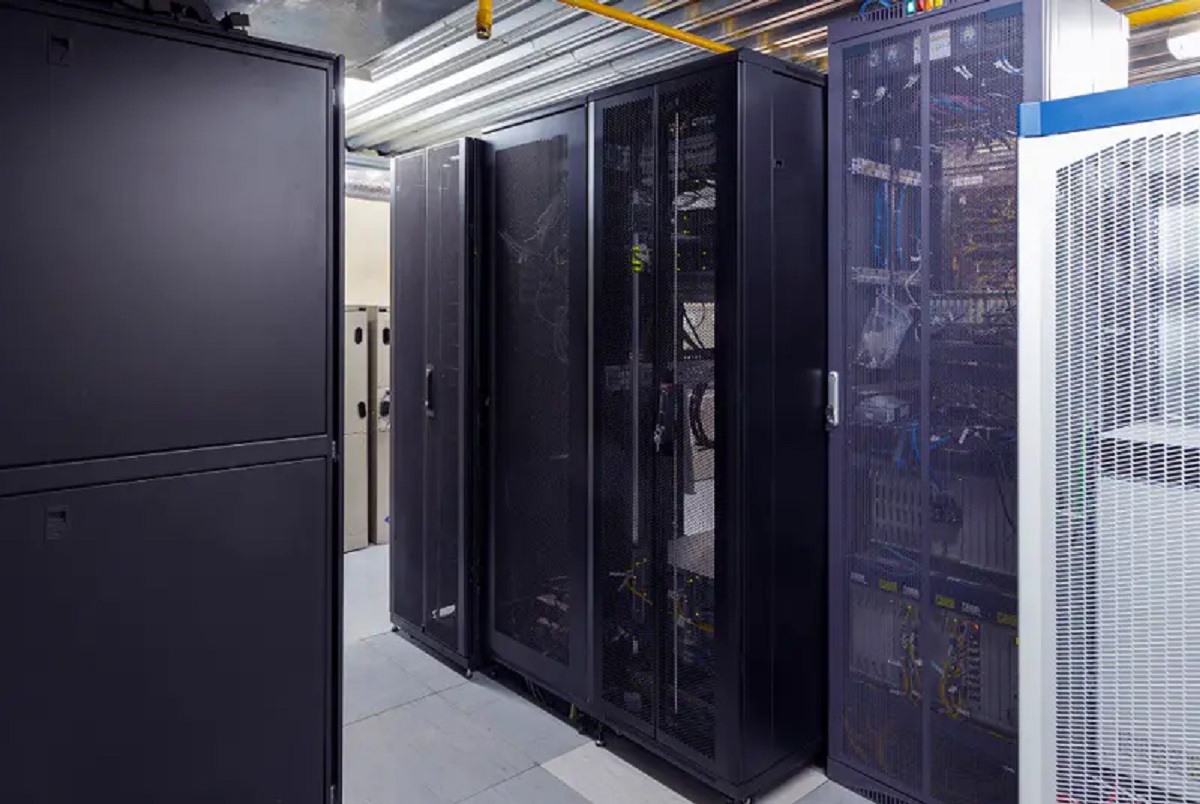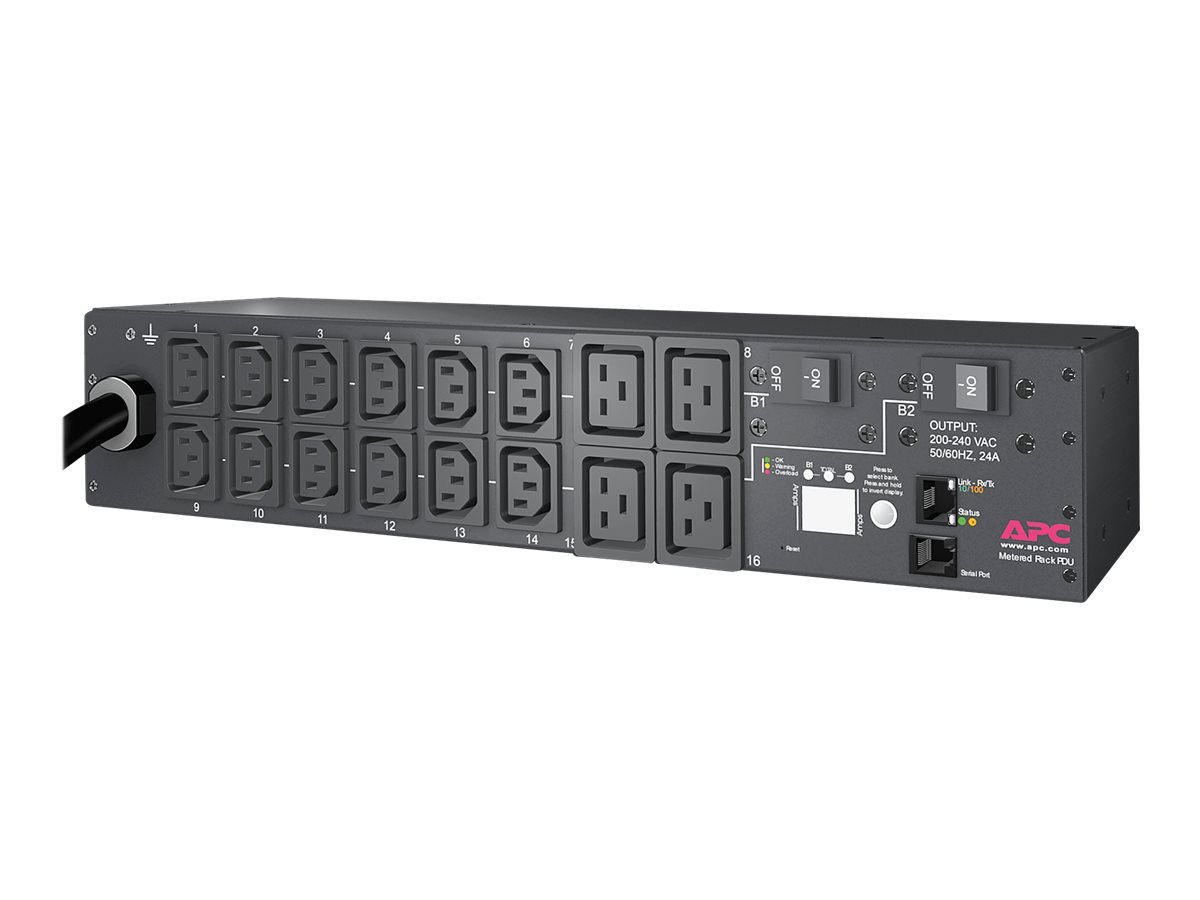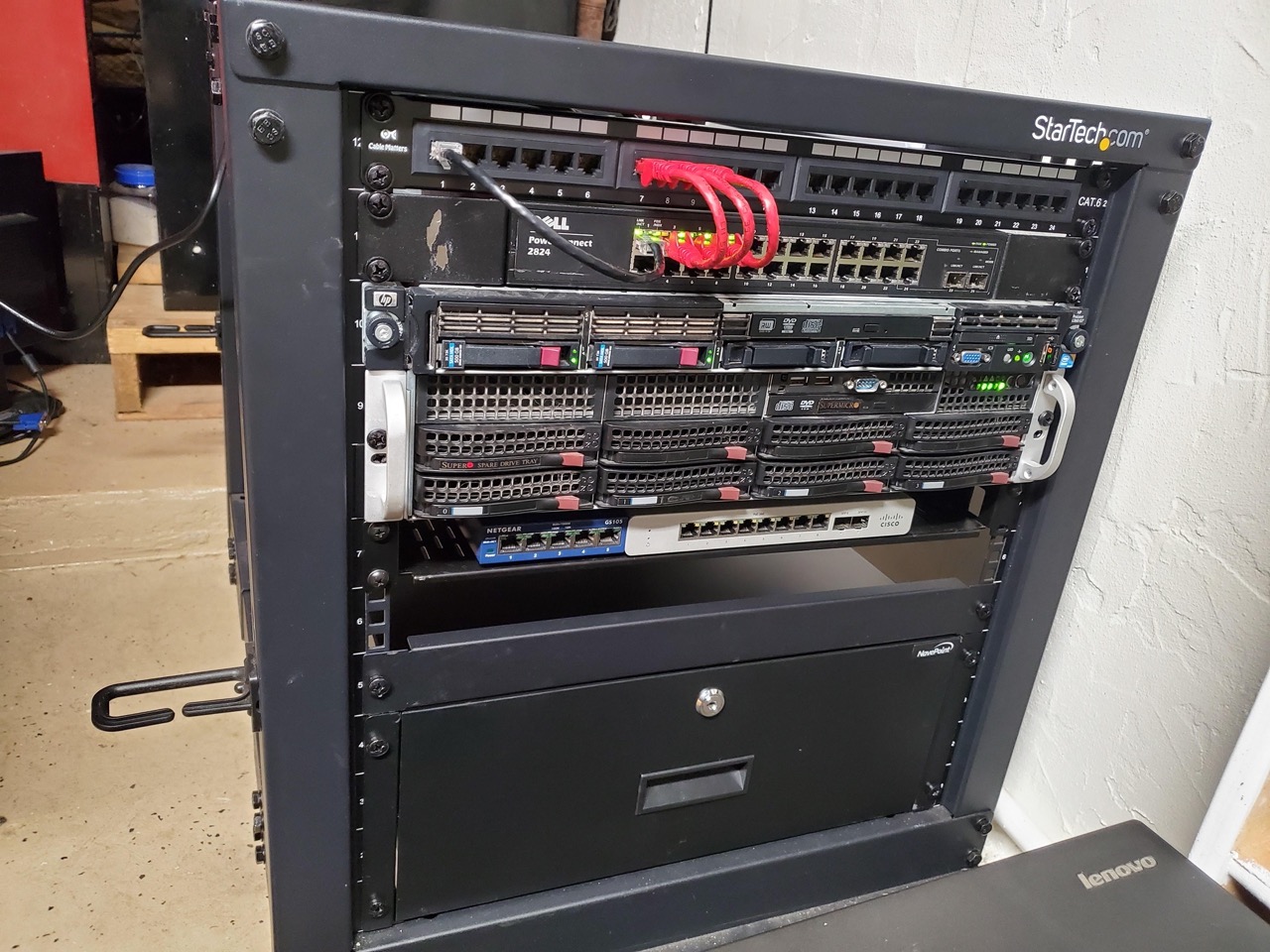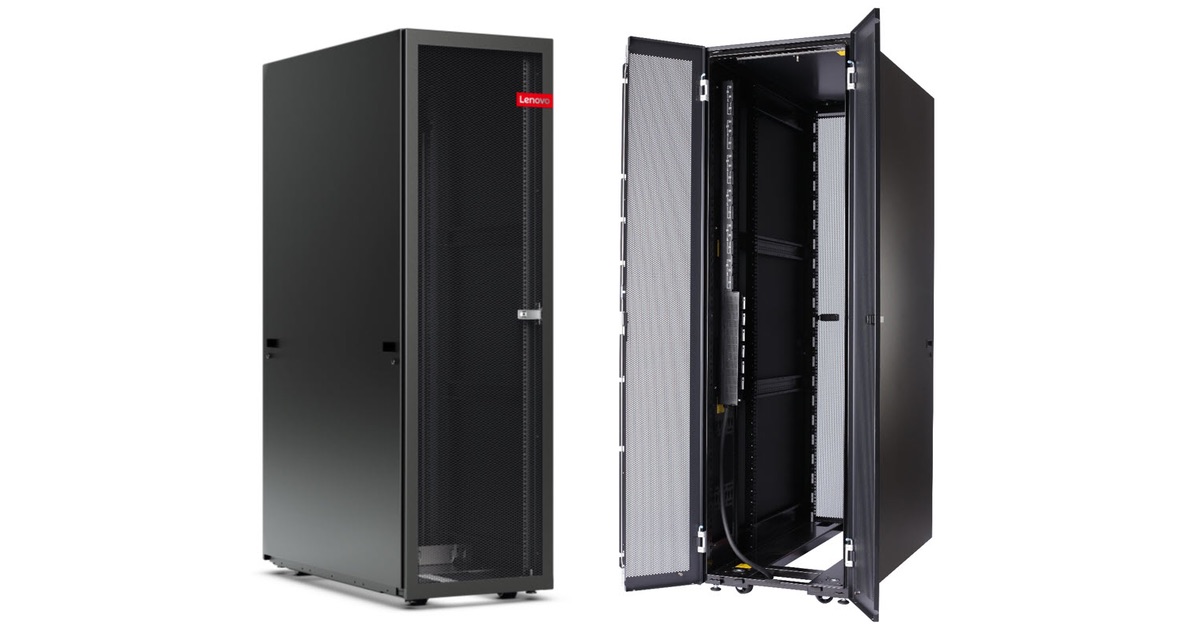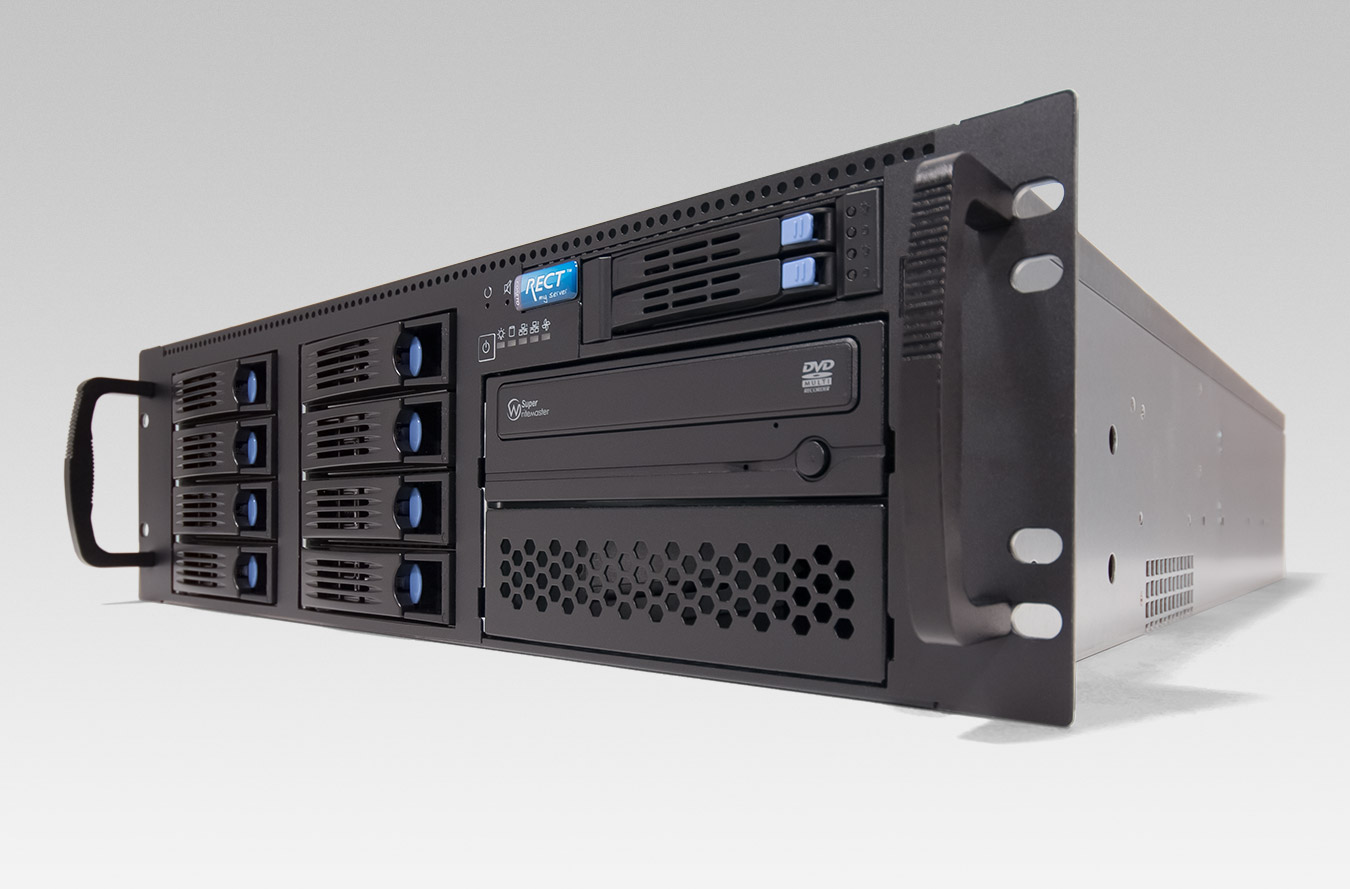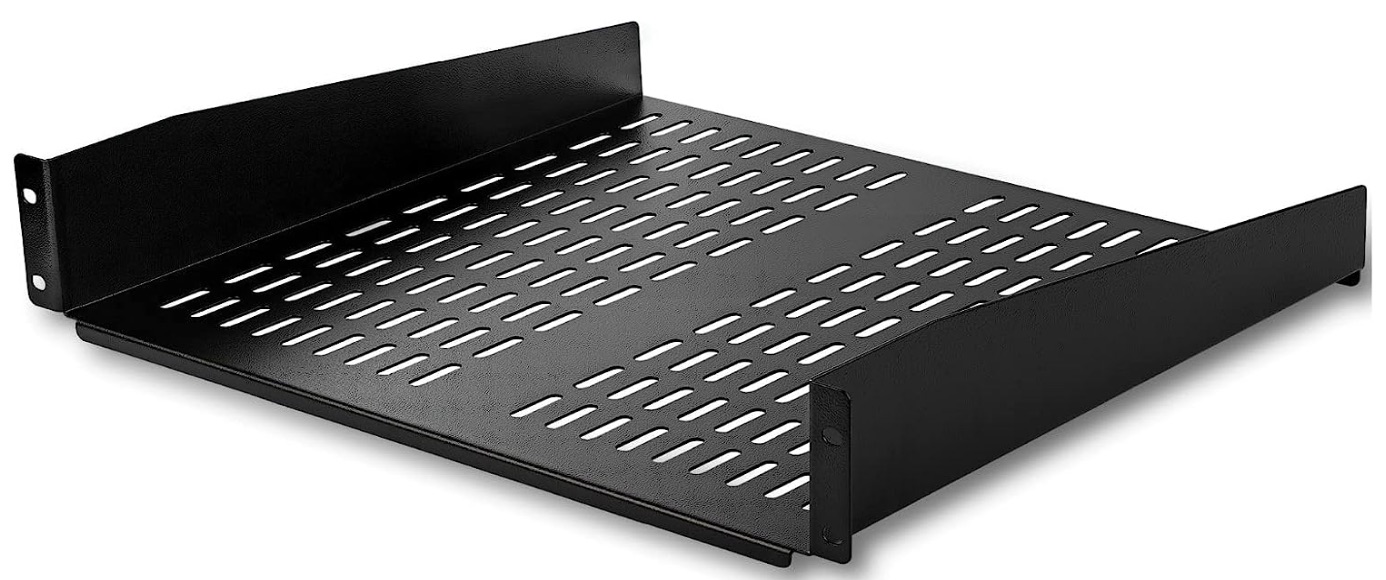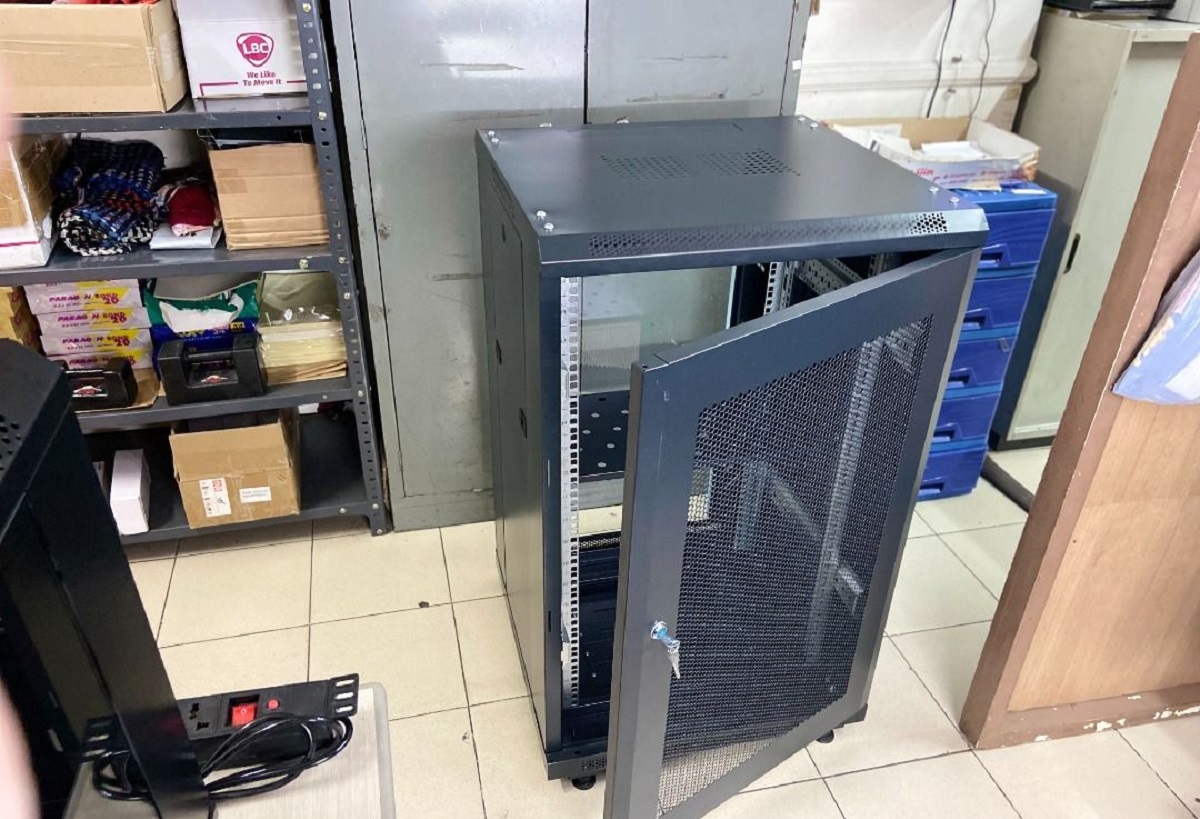Introduction
Welcome to the world of server racks, where all the critical components of your IT infrastructure come together. Whether you are a small business owner or an IT professional, understanding the size of your server rack is essential for managing and organizing your equipment effectively.
A server rack is a standardized framework used to mount servers, switches, routers, and other networking equipment. These racks come in various sizes to accommodate different types and quantities of equipment. It is crucial to determine the size of your server rack to ensure that it can house all your devices comfortably and provide adequate airflow for cooling.
In this guide, we will walk you through the process of determining the size of your server rack. We will discuss how to measure the external and internal dimensions, calculate rack units (U), and understand the different rack types and mounting options available.
By the end of this article, you will have a clear understanding of how to identify the size of your server rack, enabling you to make informed decisions and optimize your IT infrastructure.
Understanding Server Rack Sizes
Server racks come in various sizes and configurations to accommodate different hardware requirements. The most common standard sizes for server racks are 19 inches wide and designated by their height, measured in rack units (U).
A rack unit (U) is a measurement unit used in the server rack industry to determine the vertical spacing between devices. One rack unit is equal to 1.75 inches (44.45 mm) in height. The height of a server rack is typically denoted as a number followed by “U”. For example, a 42U server rack has a vertical space of 42 rack units.
The height of the server rack is an important factor to consider when determining the size you need. It determines the number of devices you can mount vertically in the rack. Standard server racks are available in various heights, ranging from 8U all the way up to 58U or more.
It’s important to note that the external dimensions of a server rack are typically larger than the usable space inside. This is due to the frame structure, side panels, and other components that add to the overall size. When measuring the external dimensions, make sure to account for these additional elements.
Understanding the standard server rack sizes and rack unit measurements will help you choose the right size for your equipment. Whether you have a small office network or a large data center, selecting the appropriate rack size will ensure proper organization, airflow, and easy scalability.
Measuring the External Dimensions
Before diving into the details of measuring the external dimensions of a server rack, it’s important to note that the actual dimensions might vary slightly depending on the manufacturer and specific model. However, the measurement process remains largely consistent.
To measure the external dimensions of a server rack, follow these steps:
- Remove any panels or doors that may be obstructing access to the frame of the rack.
- Place the measuring tape or ruler on one side of the rack’s frame.
- Extend the measuring tape or ruler across the width of the rack, making sure to hold it straight and parallel to the ground.
- Record the measurement in inches or millimeters.
- Repeat the process for the other side of the rack to ensure accuracy.
- If the server rack has adjustable mounting rails, make sure to measure the distance between them as well.
It’s important to note that the external dimensions include the width, height, and depth of the server rack. These dimensions may vary depending on the specific requirements of your equipment. For example, a standard server rack may have a width of 19 inches, a height of 42U, and a depth of 36 inches.
By accurately measuring the external dimensions of your server rack, you will have a better understanding of its physical size and be able to select the appropriate space in your data center or office to accommodate it. Furthermore, it will help you ensure that the rack can fit through doorways and other access points during installation or relocation.
Calculating Rack Units (U)
When it comes to server racks, understanding rack units (U) is crucial for determining the amount of vertical space each device occupies within the rack. Calculating rack units is relatively straightforward, as each rack unit represents a standard height measurement.
To calculate the rack units that a device occupies, follow these steps:
- Measure the height of the device in inches.
- Divide the measured height by 1.75 inches (the height of one rack unit).
- Round the result to the nearest whole number to determine the number of rack units the device occupies.
For example, if a device measures 7 inches in height:
- 7 inches ÷ 1.75 inches = 4 rack units
By calculating the rack units for each device, you can effectively plan the positioning and organization of your equipment within the server rack. This calculation ensures that you can maximize the use of available space and avoid overcrowding or inefficiencies.
When planning the placement of devices within a server rack, it’s also important to consider any additional space required for cable management, ventilation, and future expansion. This will ensure that your server rack remains tidy, properly cooled, and allows for future scalability.
Understanding how to calculate rack units will not only assist you in effectively utilizing your server rack space but also make it easier when it comes to troubleshooting, maintenance, and upgrades. Having a clear layout of your rack units allows for easier identification and management of devices within the rack.
Measuring the Internal Dimensions
Measuring the internal dimensions of a server rack is essential to ensure that your equipment fits properly and allows for proper airflow and cable management. The internal dimensions refer to the usable space inside the rack, where your devices will be installed.
To measure the internal dimensions of a server rack, follow these steps:
- Remove any panels or doors that may be obstructing access to the interior of the rack.
- Use a measuring tape or ruler to measure the width and depth of the interior space.
- Record the measurements in inches or millimeters.
- Measure the height of the usable space by subtracting the height of any fixed components, such as mounting rails or shelves.
- Record the measurement in rack units (U) to determine how much vertical space you have available.
It’s important to note that the internal dimensions may be slightly smaller than the external dimensions due to the thickness of the rack’s frame and other internal components. Therefore, it’s crucial to measure the internal dimensions accurately to avoid any compatibility issues or space constraints.
By measuring the internal dimensions of the server rack, you can ensure that your equipment will fit properly without any physical obstructions. This includes accommodating devices of different sizes, mounting rail adjustments, and leaving room for proper airflow and cable management.
Properly measuring the internal dimensions of your server rack will also allow you to plan and organize your equipment effectively. It enables you to allocate space for specific devices, consider rack unit requirements, and ensure that there is room for future expansion or upgrades.
Remember to consider any additional components or accessories that may impact the internal dimensions, such as power distribution units (PDUs), cable management arms, or cooling systems. Taking these factors into account will result in a well-organized and optimized server rack environment.
Determining the Rack Type
When it comes to selecting a server rack, it’s important to consider the specific requirements of your equipment and the environment in which it will be deployed. There are different types of server racks available, each with its own features and benefits.
Here are some common server rack types:
- Open Frame Racks: These racks have a simple open framework design without any side panels or doors. They provide easy access to equipment and promote airflow. Open frame racks are ideal for small or temporary setups.
- Cabinet Racks: Also known as enclosed racks, cabinet racks provide a more secure and organized solution. They have removable or locking side panels and front and rear doors to protect the equipment from dust, tampering, and unauthorized access.
- Wall-Mount Racks: Designed to be mounted on walls, these racks are ideal for environments with limited floor space. They are compact and often used for smaller setups or networking equipment.
- Portable Racks: These racks are designed for mobility and are equipped with wheels or casters for easy transportation. Portable racks are useful for on-site events or temporary setups that require mobility.
When determining the rack type that suits your needs, consider factors such as security requirements, available space, mobility, and accessibility. Understanding the pros and cons of each type will help you make an informed decision.
It’s also essential to consider any specific requirements of your equipment. Some devices may require specialized rack types, such as server cabinets with specific cooling systems or noise reduction features. Checking the specifications of your equipment and consulting with the manufacturer or an IT professional can help ensure compatibility.
Additionally, consider future scalability and expansion. If you anticipate the need for additional equipment or growth in your IT infrastructure, it is advisable to choose a rack type that allows for easy expansion and modularity.
Determining the right rack type for your needs will ensure that your equipment is housed properly and provides the necessary protection and accessibility. It will contribute to the overall efficiency and organization of your IT infrastructure.
Understanding Rack Mounting Options
Rack mounting is the process of securely installing and attaching equipment within a server rack. Understanding the different rack mounting options available will help you choose the most suitable method for your equipment.
Here are some common rack mounting options:
- Rack Rails: Rack rails are metal brackets that attach to the sides of the equipment, allowing it to slide into the rack. They provide stability and easy installation and removal of devices. Rack rails often have adjustable depth to accommodate different equipment sizes.
- Fixed Shelves: Fixed shelves are non-adjustable platforms that sit horizontally within the rack. They provide a stable surface for equipment that is not rack-mountable. Fixed shelves are commonly used for networking switches, UPS units, or other devices that do not have rack ears.
- Sliding Shelves: Sliding shelves function similarly to fixed shelves but have the added benefit of being able to slide in and out of the rack. This allows for easier access to the equipment for maintenance or installation.
- Blade Chassis: Blade chassis are specialized enclosures that house multiple blade servers. These chassis come with their own built-in mounting mechanisms to secure the blades. Blade servers are an efficient way to maximize space and reduce cable clutter.
When selecting a rack mounting option, consider the size and weight of your equipment, as well as the required accessibility for maintenance or upgrades. Rack rails are typically the most versatile and commonly used method for mounting standard servers and other rack-mountable devices.
It’s important to ensure that the rack mounting option you choose is compatible with both your equipment and the server rack. Check the specifications and recommendations provided by the manufacturer to ensure a proper fit and secure installation.
Furthermore, consider factors such as cable management and airflow when choosing a rack mounting option. Proper cable management is crucial to maintain a neat and organized rack, while adequate airflow is essential for equipment cooling and preventing overheating.
By understanding the different rack mounting options available, you can select the most appropriate method for your equipment, ensuring secure installation, easy access, and efficient cable management. This contributes to the overall functionality and longevity of your IT infrastructure.
Conclusion
Understanding the size of your server rack is essential for managing your IT infrastructure effectively. By accurately measuring the external and internal dimensions, calculating rack units, determining the appropriate rack type, and selecting the right rack mounting options, you can ensure that your equipment is housed properly, organized efficiently, and accessible for maintenance and upgrades.
When measuring the external dimensions, don’t forget to account for any additional elements such as the frame structure and side panels. Calculating rack units allows you to determine the vertical space each device occupies within the rack, facilitating proper device placement and organization.
Measuring the internal dimensions helps ensure that your equipment will fit securely and allows for proper cable management and airflow. Determining the right rack type based on your needs and considering factors such as security requirements, available space, and mobility is crucial for selecting the most suitable option.
Understanding the various rack mounting options available, such as rack rails, fixed shelves, sliding shelves, and blade chassis, allows for secure and accessible installation of your equipment.
By following these guidelines and considering the specifications of your equipment, you can optimize the space within your server rack, ensure proper ventilation, and create an organized and efficient IT infrastructure.
Taking the time to accurately determine the size of your server rack and understanding the related considerations will ultimately contribute to the smooth operation, scalability, and longevity of your IT infrastructure.







